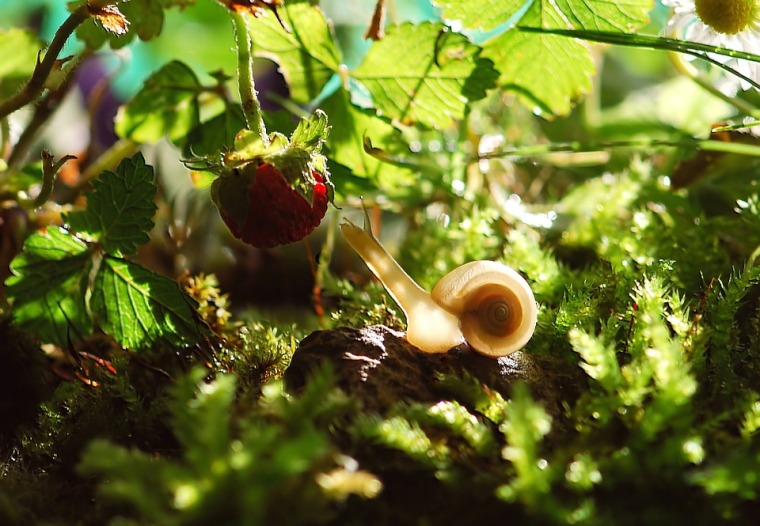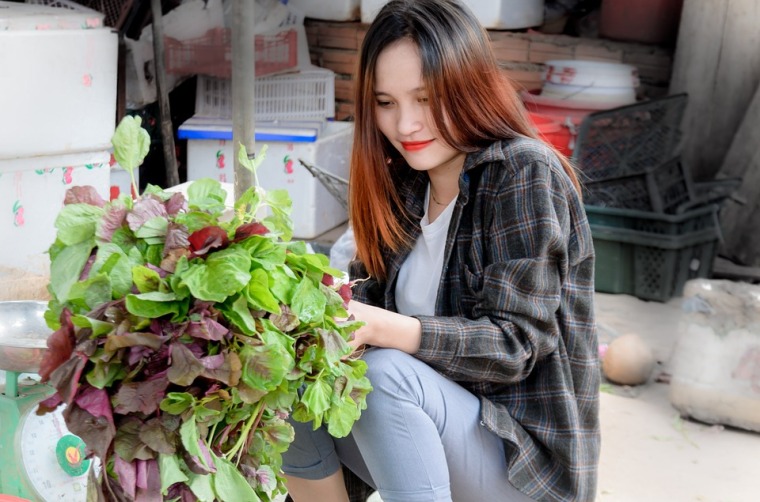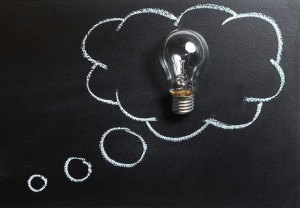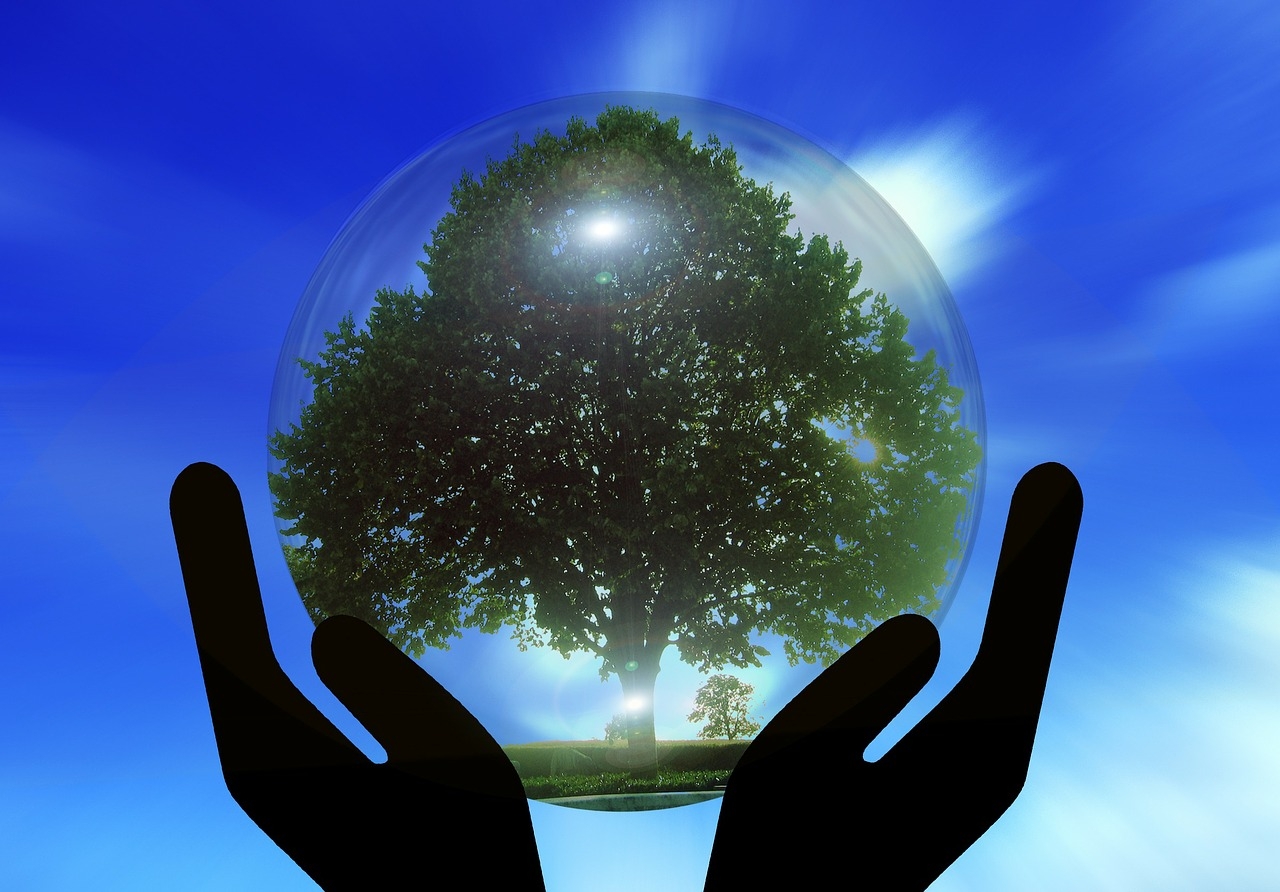The Landerholmstead cares passionately about climate change and human impact on the earth. Sustainable ecosystems are essential for our success in helping people and the environment, as our Mission & Vision mandate.
Last week, I interviewed a friend and peer to get his take -as a molecular biologist – on climate change, biodiversity, and mitigating potential threats to sustainability.
 Matt Martello graduated from Kutztown University of Pennsylvania in 2013 with a B.S. in Biology (Molecular/Micro/Cell) and Minors in Mathematics and Biochemistry. He has experience in environmental workings and the importance of biodiversity, including previous employment with the Institute for Environmental Health/Molecular Epidemiology Inc. He has worked to reduce his carbon-footprint in the last year by making small but effective lifestyle changes. Matt says, “I look forward to helping the Landerholmstead make a change in our local environments and around the world.”
Matt Martello graduated from Kutztown University of Pennsylvania in 2013 with a B.S. in Biology (Molecular/Micro/Cell) and Minors in Mathematics and Biochemistry. He has experience in environmental workings and the importance of biodiversity, including previous employment with the Institute for Environmental Health/Molecular Epidemiology Inc. He has worked to reduce his carbon-footprint in the last year by making small but effective lifestyle changes. Matt says, “I look forward to helping the Landerholmstead make a change in our local environments and around the world.”
Understanding Climate Change
Climate change analysis is both an art and a science: one of patience, observation, and statistical investigation. According to Matt, climate change can be defined as weather patterns and temperature changes caused by human interaction including fossil fuels, CO2, and replacing trees with impermeable surfaces like buildings and roads. He characterizes humans as the greatest threat to our climate: through road/industry development, destruction or disruption of ecosystems, and pollution. Our reliance on our current waste-model (landfills, etc.) is unsustainable because of how long unassisted waste takes to break down. And all the while it’s breaking down, it is releasing CO2 and methane, among other wasted gases.
The Necessity of Biodiversity
 Biodiversity is what makes functioning ecosystems possible. It increases productivity and stability. Each element in a biodiverse system fills a niche and plays an essential role. Biodiverse systems “support a greater variety of crops, protect freshwater resources,” and promote the formation and protection of soil structures, Matt urges. Nutrients are recycled into the system instead of being wasted. Think of a basic example with animals, says Matt: “Animal feces breaks down into soil, soil makes plant growth possible, the animals feed on those plants, and so it goes on.” Nutrient breakdown can speed decomposition of potential pollutants and contributes to “climate stability.”
Biodiversity is what makes functioning ecosystems possible. It increases productivity and stability. Each element in a biodiverse system fills a niche and plays an essential role. Biodiverse systems “support a greater variety of crops, protect freshwater resources,” and promote the formation and protection of soil structures, Matt urges. Nutrients are recycled into the system instead of being wasted. Think of a basic example with animals, says Matt: “Animal feces breaks down into soil, soil makes plant growth possible, the animals feed on those plants, and so it goes on.” Nutrient breakdown can speed decomposition of potential pollutants and contributes to “climate stability.”
Interestingly, Matt also pointed out that biodiverse systems, because they are more resilient, recover more quickly from natural disasters.
A hot subject in (and out of) the science community, according to Matt, is the potential extinction of bees. Pollinators – like bees – make human life possible. Their potential extinction is a threat to our food source: humans would have to hand-pollinate plants in order to sustain our need to eat. Further, the same plants pollinated by bees feed our livestock for meat production, meaning all parts of our food system would be disrupted by their disappearance.
Biodiversity doesn’t only support our food systems, but also our energy production, medicinal research (including pharmaceutical resources), and contributes “environments for recreation and tourism,” Matt says.
Adapting to Change
Extreme weather patterns are seen increasingly and globally. Matt referenced the dramatic seasons Pennsylvania has experienced in recent years – harsher-than-average winters and extremely hot summers. The lack of tree coverage on monoculture farms creates less shade, meaning the surface of the earth warms and heat comes from both above and below. Further, trees are our best method of carbon sequestration, and less trees = more CO2 released, perpetuating the heat problem.
Being a huge agricultural state, these changes dramatically affect food production, requiring farmers to adapt by using more water (or other cooling measures), changing the crops they rely on to be ones better adapted for extreme temperatures, and adjusting planting dates to save crops from late/early frosts or heat waves. This unpredictability makes an already tricky career far riskier.
Plants and animals are adapting to the changing climate, just as humans are. Matt mentions that plants are adjusting their growing conditions in order to survive, including becoming more/less shade tolerant and more drought resistant or flexible to temperature fluctuations. Similarly, animals evidence their adaptations to changing climate through reactionary life cycle and lifestyle adjustments: including shortened hibernations and migrating to new habitats in search of food.
How to Mitigate the Threat
 One of Matt’s first recommendations for adapting is increasing our use of solar, wind, and hydroelectric power sources. These stable, renewable sources of energy can passively collect power without disrupting ecosystems or threatening human lives.
One of Matt’s first recommendations for adapting is increasing our use of solar, wind, and hydroelectric power sources. These stable, renewable sources of energy can passively collect power without disrupting ecosystems or threatening human lives.
He then referenced international fast food chains that use unsustainable and unnatural food practices. “Stop eating there,” he said, “or eat there less.” Buy local, sustainably produced foods when you can. “Alcohol and other processed foods often have a huge carbon footprint from production to transportation,” he went on, encouraging people to minimize their use of such products.
Next, he urged, “Stop spewing greenhouse gases. Don’t drive long distances if you don’t have to. Use public transport. Avoid flying when possible.”
He also encouraged using less paper. “Apps can do so much these days.” Electronic communications can often do the same work, and they create less waste.
We recognized together that our impacts often feel small, but small influences from many people can have a huge outcome.
My final question for Matt was what message he would pass on to deniers of climate change. He sighed, as it’s a dilemma plaguing the science community. “Climate change is a fact,” he said. “Look at the predicted 2 degree celsius increase and its effect; wild weather patterns worldwide – of massive systems, some the worst we’ve ever experienced and they’re increasing in frequency and intensity; and the melting ice caps.” Alone, they might seem like natural occurrences in an unpredictable world, but when we consider all of these together, in combination with the elements influencing climate – including humans, the facts are undeniable. And that is the duty of scientists: to look at the whole picture (not a single, lab-bound subject) for a comprehensive analysis.




 But there’s one thing that can make it a lot harder for us to achieve these goals in the future: the imminent threat of climate change.
But there’s one thing that can make it a lot harder for us to achieve these goals in the future: the imminent threat of climate change. we have to take action at a local level. Vote into office people who care about our world and our environment; call your local politicians and voice your concerns about your environment and ask them to oppose fracking and other destructive operations; condemn the fossil fuel companies and demand a transition to clean, renewable energy; stand with our brothers and sisters fighting to stop dangerous pipelines, like those brave
we have to take action at a local level. Vote into office people who care about our world and our environment; call your local politicians and voice your concerns about your environment and ask them to oppose fracking and other destructive operations; condemn the fossil fuel companies and demand a transition to clean, renewable energy; stand with our brothers and sisters fighting to stop dangerous pipelines, like those brave